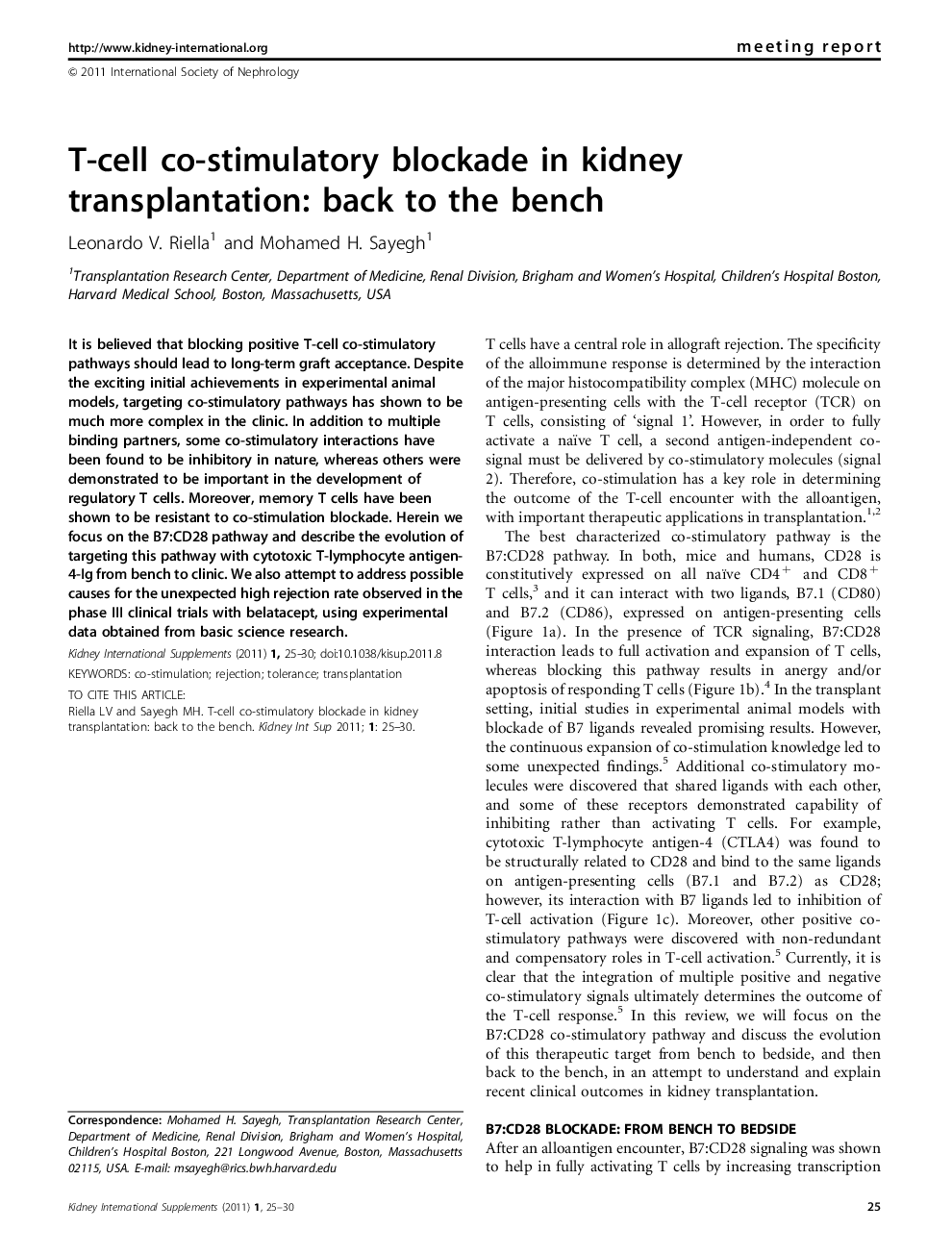| Article ID | Journal | Published Year | Pages | File Type |
|---|---|---|---|---|
| 3891674 | Kidney International Supplements | 2011 | 6 Pages |
It is believed that blocking positive T-cell co-stimulatory pathways should lead to long-term graft acceptance. Despite the exciting initial achievements in experimental animal models, targeting co-stimulatory pathways has shown to be much more complex in the clinic. In addition to multiple binding partners, some co-stimulatory interactions have been found to be inhibitory in nature, whereas others were demonstrated to be important in the development of regulatory T cells. Moreover, memory T cells have been shown to be resistant to co-stimulation blockade. Herein we focus on the B7:CD28 pathway and describe the evolution of targeting this pathway with cytotoxic T-lymphocyte antigen-4-Ig from bench to clinic. We also attempt to address possible causes for the unexpected high rejection rate observed in the phase III clinical trials with belatacept, using experimental data obtained from basic science research.
